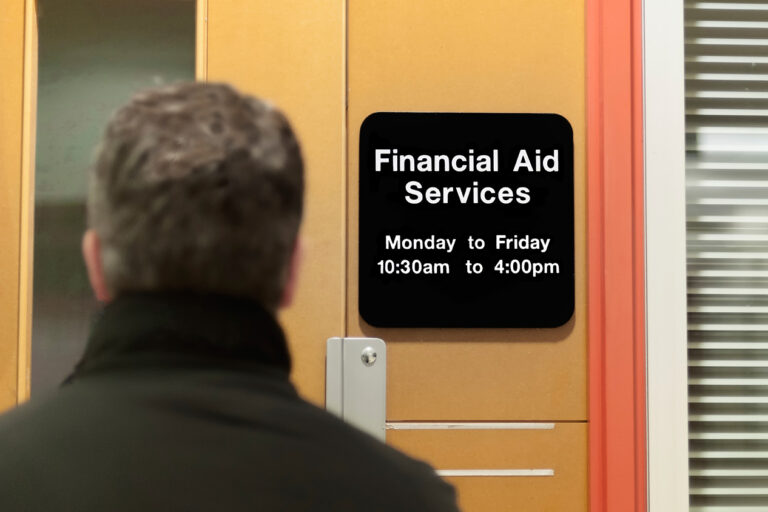After doubling during the Great Recession, tuition at California’s public universities has leveled off: since 2012, it has increased by a modest 2.5 percent at the University of California (UC) and has not risen at all at the California State University (CSU). However, tuition is now at all-time highs at UC ($11,442), CSU ($5,472), and the California Community Colleges ($1,104). Given these realities, as well as discussions about college affordability at the federal level, it is not surprising that Californians are concerned about college costs. The November 2018 PPIC Statewide Survey found that 58 percent of Californians think that affordability in higher education is a big problem.
Because the amount of financial aid available increases as tuition goes up, at least half of the students across California’s three public segments pay no tuition. However, non-tuition costs are significant, especially for students from low-income families. State financial aid programs are focused mostly on tuition, so students must cover costs that add up to thousands of dollars. And these costs are rising: taken together, housing, transportation, and book costs have increased 24 percent since 2012.
The benefits of a college education are well documented, and higher education has major implications for economic growth, equality, and social mobility. Given that more than half of the students in California’s public K-12 schools are economically disadvantaged, affordability is crucial to the state’s future. Making four-year institutions affordable is especially beneficial, because students who start at four-year colleges are more likely to earn bachelor’s degrees than those who start at community colleges. For these reasons, the state and its higher education system need to do more to help lower-income students earn college degrees without incurring large amounts of debt.
This publication is part of a briefing kit that highlights our state’s most pressing higher education challenges in eight key areas:
- California’s higher education system
- Expanding college access
- Improving college completion
- Increasing equity and diversity
- Investing in public higher education
- Making college affordable
- Meeting California’s workforce needs
- Strengthening career education
Topics
Affordability Higher Education




